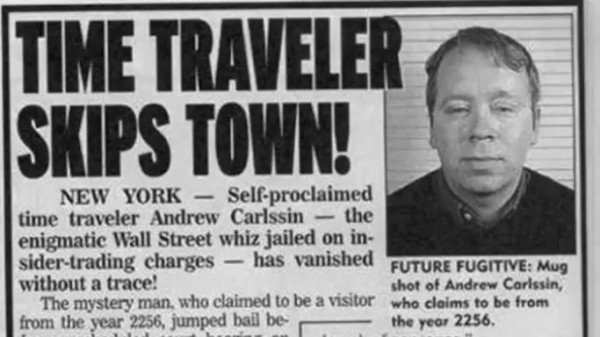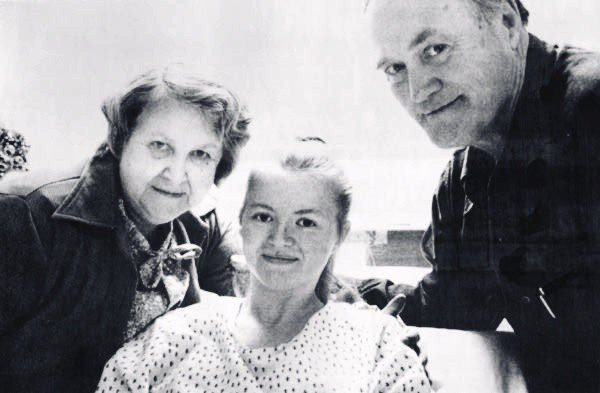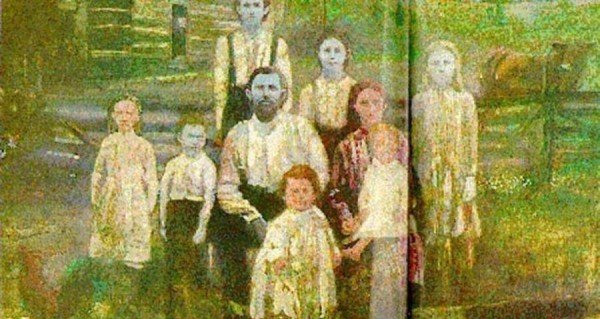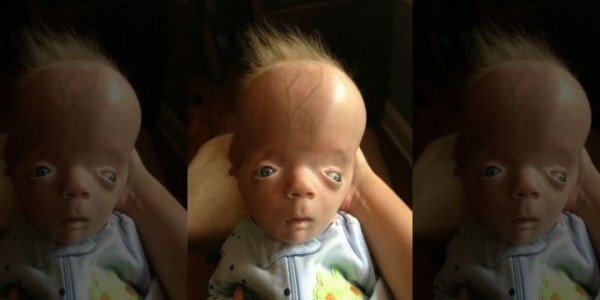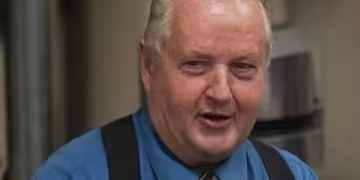In November 1970, a frail 13-year-old girl stood quietly inside a Los Angeles welfare office. She was tiny, undernourished, and couldn’t speak more than a few words.
Her name wasn’t Genie; it was a name given to her later, to protect her identity. But what the world came to know as “Genie Wiley, the feral child” would shock scientists and redefine what we thought we knew about language, abuse, and the human brain.

Page Contents
Quick Summary
| Subject | Description |
|---|---|
| Genie Wiley | Pseudonym for a girl discovered in 1970 after extreme isolation in Los Angeles |
| Age at Discovery | 13 years old |
| Condition | Severe developmental delays from linguistic and social deprivation |
| Research Focus | Language acquisition, critical periods, brain plasticity |
| Ethical Issues | Scientific exploitation, neglect in foster care, long-term abandonment |
The Locked Room
Genie was born in 1957 in Arcadia, California. Her father, Clark Wiley, decided early on that something was wrong with her; he claimed she had intellectual disabilities. Instead of seeking help, he created a prison.
From infancy, Genie was isolated in a small, dark room at the back of the house. By day, she was strapped to a child’s potty chair. At night, she was confined to a sleeping bag inside a crib, her limbs restricted so she couldn’t move.
No one spoke to her. No one touched her gently. The television, the radio, everything was silent. Her world was a blank wall and the occasional bark of abuse.
She heard only the growls of her father, who forbade his wife and son from interacting with her.
A Mother’s Escape
Genie’s mother, Irene Wiley, was partially blind and deeply controlled by her husband. For years, she endured the abuse.
But one day in 1970, she fled with Genie and went to the Department of Social Services to seek help for her failing eyesight. There, a social worker noticed the strange behaviour of the silent girl beside her.
Within hours, police intervened. Genie was taken to Children’s Hospital Los Angeles, where her condition horrified staff. At 13, she weighed just 59 pounds.
She moved awkwardly, made strange throat noises, and had no understanding of language. Her physical body was alive, but cognitively, she was still in early childhood.
Why Was Genie Willey Called a “Feral Child”?
Genie Willey was called a Feral Child due to her lack of human contact and stimulation, which caused her to develop behaviours similar to children raised outside society.
She clawed, sniffed, and spat. She didn’t speak. That’s why she was described as a “feral child”, someone who had grown up cut off from normal development.

The Scientific Rush
To researchers, Genie was a once-in-a-lifetime case a tragic but unique opportunity to test the critical period hypothesis: the idea that the human brain is only capable of fully acquiring language during a specific early window.
They assembled a team of psychologists, linguists, and neurologists. Genie became a subject of fascination and endless observation.
At first, she made rapid progress. She began to smile, show curiosity, and understand basic words. But no matter how hard she tried, she could never form full sentences.
Her brain had missed the window.
Was Genie Treated Ethically?
No. While her discovery began with compassion, things changed quickly. The scientific community became entangled in funding disputes, competing egos, and blurred boundaries.
Genie was moved into multiple foster homes, some of which were abusive. She lost the stability she had briefly gained — and with it, her progress vanished.
Her final known guardian was not a researcher or caregiver, but the state.
What Happened to Genie Wiley?
In the early 1980s, media interest faded, research funding ran dry, and Genie’s name disappeared from headlines. She now lives in a state-run adult care facility in California.
Her location is undisclosed, and she remains under protection.
To this day, no photographs or updates have been released. Genie lives in silence once again, this time not because of abuse, but to preserve what privacy she has left.

Cultural Impact
Genie’s case changed science. It reinforced that language must be learned early. It exposed how easily vulnerable individuals can be exploited by the systems meant to help them.
And it left behind haunting ethical questions about the cost of knowledge.
Her story continues to be studied in:
- Secrets of the Wild Child (PBS documentary)
- Genie: A Scientific Tragedy by Russ Rymer
- Academic journals on neurolinguistics and child development
Here’s content that fits naturally inside your Genie Wiley article — flowing with the narrative and serving both SEO and affiliate goals:
📘 Recommended Reading: Genie – A Scientific Tragedy
For readers who want a deeper understanding of Genie Wiley’s life beyond the headlines, Genie: A Scientific Tragedy by Russ Rymer offers a powerful and meticulously researched account.
It not only traces Genie’s discovery and the scientific frenzy that followed, but also exposes the ethical failures and institutional neglect that defined much of her later life. The book explores how a vulnerable child became a battleground between psychologists, linguists, and funding bodies — turning one of the most fragile lives into one of the most studied.
This is essential reading if you’re interested in:
- The critical period hypothesis
- The ethics of scientific research on human subjects
- The tragic outcomes of institutional overreach
Questions About Genie Wiley
What was Genie Wiley’s real name?
Genie Wiley’s real name was Susan Wiley. “Genie” was used as a pseudonym to protect her identity.
Why did Genie’s father keep her locked and tied?
Genie’s father kept Genie locked and tied because he believed she was disabled and claimed he was protecting her. In reality, he was abusive, paranoid, and controlling.
Where was Genie Wiley’s mother during the abuse?
Genie Wiley’s mother, Irene Wiley, was partially blind and also abused. She remained in the home but eventually escaped with Genie and reported her to social services.
At what age was Genie found?
Genie was found at age 13 but had the physical development of a much younger child due to malnourishment and neglect.
Who found Genie Wiley?
A social worker at a welfare office noticed Genie’s condition when her mother brought her in for help. This led to her rescue and public discovery.
Did Genie ever learn to speak?
She learned basic vocabulary and could string together two or three words, but never developed full grammatical language skills.
Is Genie Wiley still alive?
Yes. She lives in a state-run care facility in California, but her location and current condition are kept private.
Terry Jo Duperrault: A Survivor’s Story You Should Know
While Genie Wiley’s life was shaped by silence and isolation, another child, Terry Jo Duperrault, survived an entirely different kind of horror.
At just 11 years old, she was the sole survivor of a family sailing trip turned massacre.
Her story, like Genie’s, is a haunting reminder of how children can endure unthinkable trauma. Read about the Terry Jo Duperrault survival case here.



